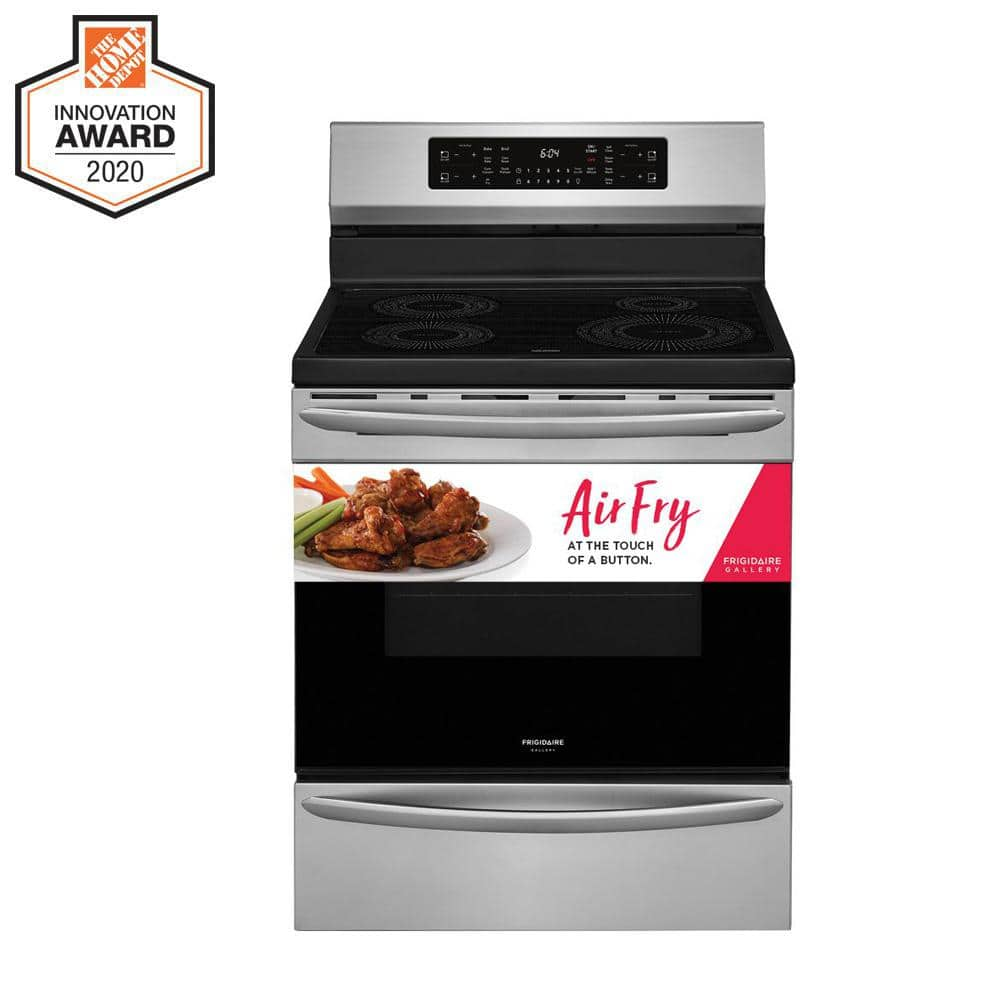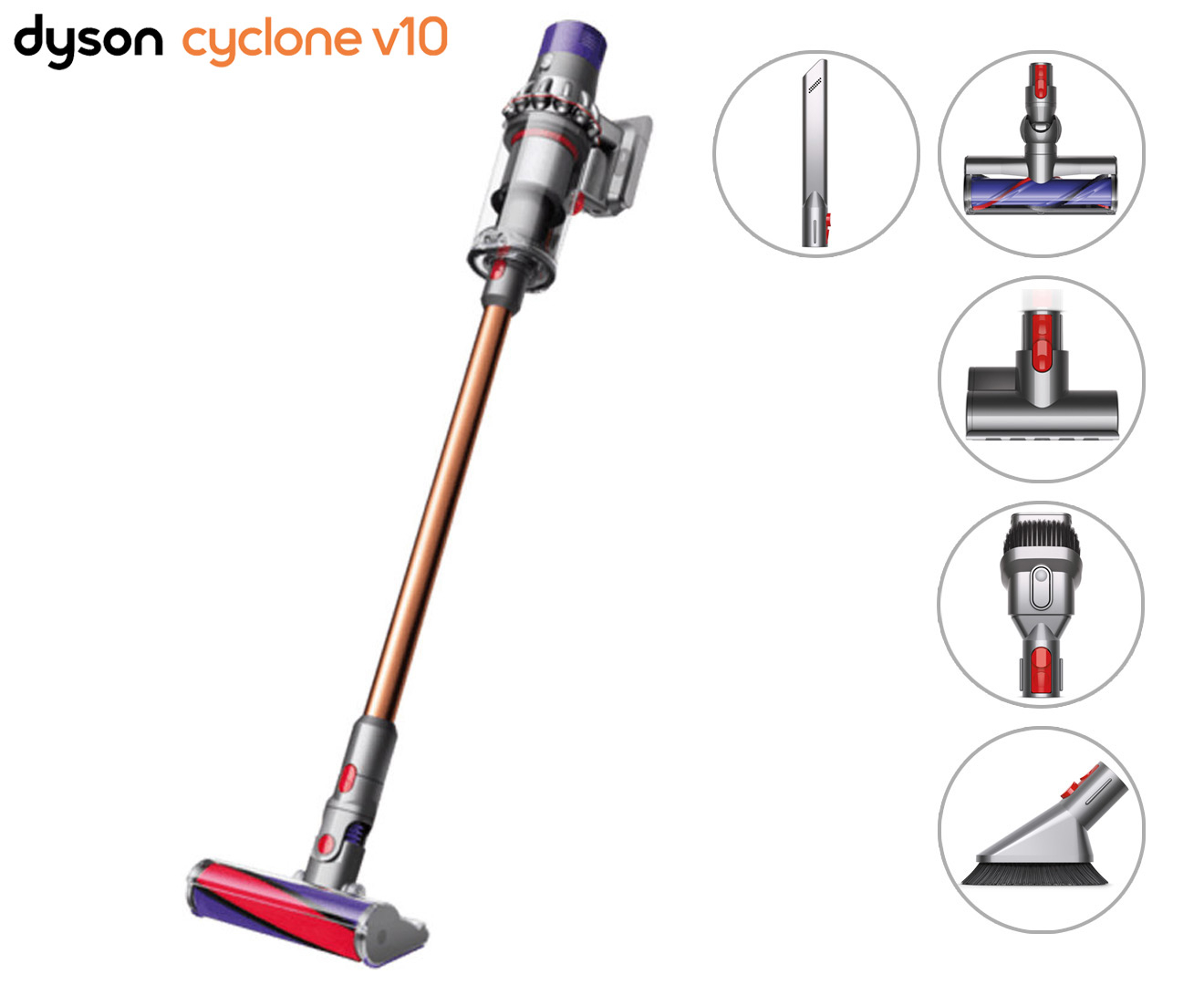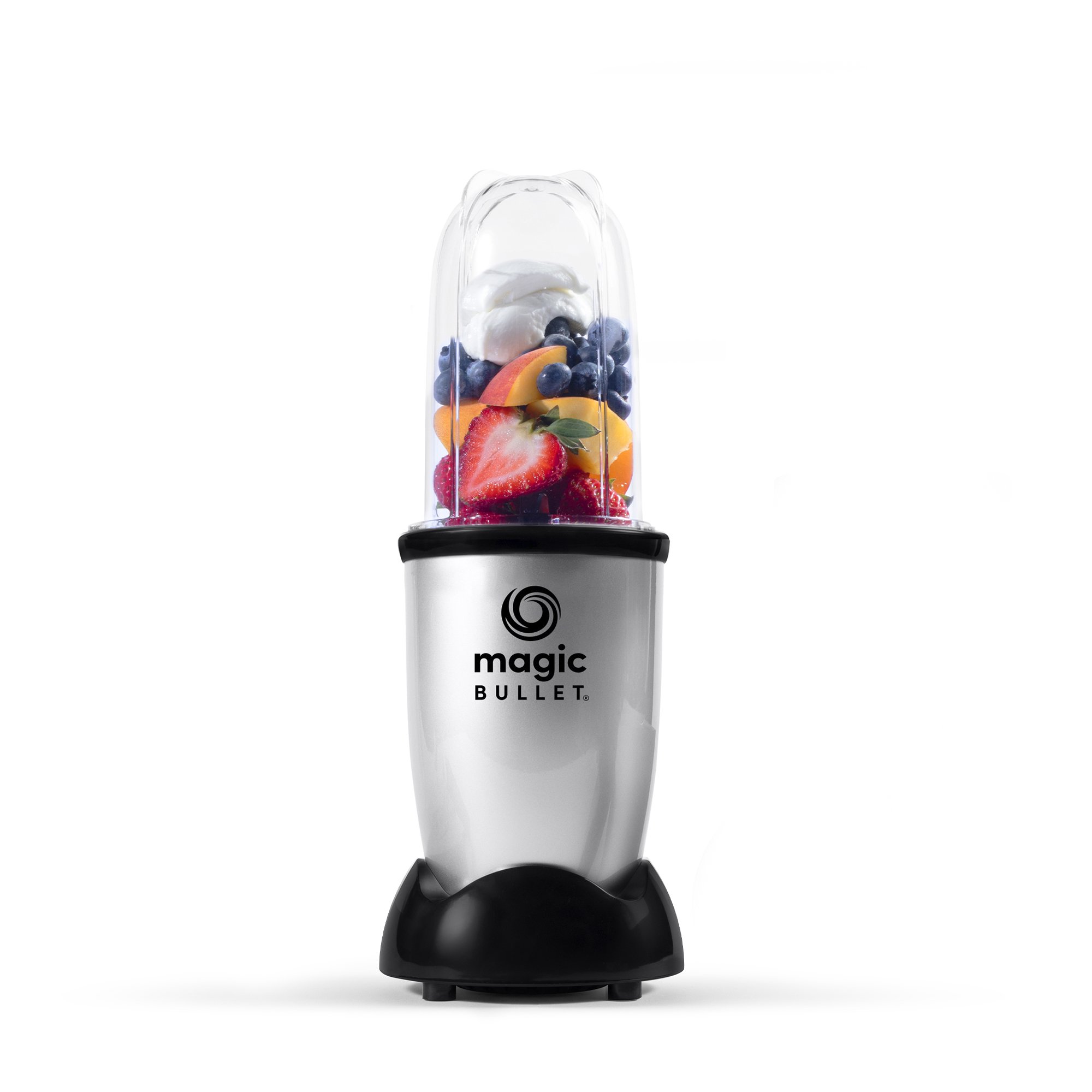FRIGIDAIRE GALLERY 30 in. 5.4 cu. ft. Induction Electric Range with Self-Cleaning Oven in Smudge-Proof Stainless Steel with Air Fry
With Air Fry, make healthier and delicious meals in your oven. Get faster, more even baking with True Convection. Spills don’t burn on induction, making cleanup easier.
The Frigidaire Gallery 30″ induction range with Air Fry deliver all of the flavor and none of the guilt. Air Fry allows you to make healthier and delicious meals for the entire family – right in your oven. True Convection gives you faster, more even baking results. Unlike traditional electric and gas cooktops, induction only heats the pan and the food in it, so the area around the pan stays cooler to the touch, allowing you to clean up spills and splatters while you cook.
- Air Fry allows you to make healthier and delicious meals for the entire family – right in your oven
- Get faster, more even multi-rack baking with a powerful convection fan and third heating element that evenly circulates hot air throughout the oven
- Unlike traditional electric and gas cooktops, Induction only heats the pan and the food in it, so the area around the pan stays cooler to the touch, allowing you to clean up spills and splatters while you cook
- Get amazingly fast heat with Induction that boils water 50% faster than a gas or electric cooktop
- A 30-minute light oven cleaning that’s chemical-free, odor-free, and fast
- Induction only heats pans and the food in them so the area around the pans stays cooler to the touch
- Your oven cleans itself – so you don’t have to. Self clean options available in 2, 3 and 4-hour cycles
- Sear steaks, crisp sandwiches, melt chocolate and simmer sauces with the precise temperature control and even heating of induction
- Automatically detects the size of your pan to only send heat to whatever small, medium or large pan you are using
- Smudge-Proof Stainless Steel resists fingerprints and cleans easily
- Designed, engineered and assembled in the U.S.A
Additional information
| Depth With Door(s) Open 90 Degrees (In.) | 48.625 |
|---|---|
| Element No.1 Size (In.) | 9 |
| Element No.2 Size (In.) | 7 |
| Element No.3 Size (In.) | 7 |
| Element No.4 Size (In.) | 5.5 |
| Oven Interior Depth x Height x Width (in) | 5.5 x 19.13 x 21 |
| Product Depth x Height x Width (in) | 28.41 x 47 x 29.88 |
| Range Size (Width) | 30 |
| Certifications and Listings | CSA Certified,UL Certified |
| Manufacturer Warranty | One Year Limited |
30 may refer to:
- 30 (number), the natural number following 29 and preceding 31
- one of the years 30 BC, AD 30, 1930, 2030
4 (four) is a number, numeral and digit. It is the natural number following 3 and preceding 5. It is a square number, the smallest semiprime and composite number, and is considered unlucky in many East Asian cultures.
5 (five) is a number, numeral and digit. It is the natural number, and cardinal number, following 4 and preceding 6, and is a prime number. It has garnered attention throughout history in part because distal extremities in humans typically contain five digits.
Five is the third-smallest prime number, and the second super-prime, since its prime index is prime. Notably, 5 is equal to the sum of the only consecutive primes 2 + 3 and it is the only number that is part of more than one pair of twin primes, (3, 5) and (5, 7), also making it the first balanced prime with equal-sized prime gaps above and below it (of 2). 5 is the first safe prime where for a prime is also prime (2), and the first good prime, since it is the first prime number whose square (25) is greater than the product of any two primes at the same number of positions before and after it in the sequence of primes (i.e., 3 × 7 = 21 and 11 × 2 = 22 are less than 25). 11, the fifth prime number, is the next good prime, that also forms the first pair of sexy primes with 5. More significantly, the fifth Heegner number that forms an imaginary quadratic field with unique factorization is also 11 (and the first repunit prime in decimal, a base in-which five is also the first non-trivial 1-automorphic number).
Five is also the second Fermat prime, and the third Mersenne prime exponent, as well as the fourth or fifth Fibonacci number. It is also an Eisenstein prime (like 11) with no imaginary part and real part of the form . It is the first congruent number, as well as the length of the hypotenuse of the smallest integer-sided right triangle, making part of the smallest Pythagorean triple (3, 4, 5). The regular five-sided pentagon is the first regular polygon that does not tile the plane with copies of itself, and it is the largest face that a regular three-dimensional regular Platonic solid can have, as represented in the regular dodecahedron. In general, a conic curve will require five points in the same way that two points are needed to determine a line.
Cleaning is the process of removing unwanted substances, such as dirt, infectious agents, and other impurities, from an object or environment. Cleaning is often performed for aesthetic, hygienic, functional, safety, or environmental protection purposes. Cleaning occurs in many different contexts, and uses many different methods. Several occupations are devoted to cleaning.
An oven is a tool which is used to expose materials to a hot environment. Ovens contain a hollow chamber and provide a means of heating the chamber in a controlled way. In use since antiquity, they have been used to accomplish a wide variety of tasks requiring controlled heating. Because they are used for a variety of purposes, there are many different types of ovens. These types differ depending on their intended purpose and based upon how they generate heat.
Ovens are often used for cooking, where they can be used to heat food to a desired temperature. Ovens are also used in the manufacturing of ceramics and pottery; these ovens are sometimes referred to as kilns. Metallurgical furnaces are ovens used in the manufacturing of metals, while glass furnaces are ovens used to produce glass.
There are many methods by which different types of ovens produce heat. Some ovens heat materials using the combustion of a fuel, such as wood, coal, or natural gas, while many employ electricity. Microwave ovens heat materials by exposing them to microwave radiation while electric ovens and electric furnaces heat materials using resistive heating. Some ovens use forced convection, the movement of gases inside the heating chamber, to enhance the heating process, or, in some cases, to change the properties of the material being heated, such as in the Bessemer method of steel production.
Proof most often refers to:
- Proof (truth), argument or sufficient evidence for the truth of a proposition
- Alcohol proof, a measure of an alcoholic drink's strength
Proof may also refer to:
In philosophy, the self is an individual's own being, knowledge, and values, and the relationship between these attributes.
The first-person perspective distinguishes selfhood from personal identity. Whereas "identity" is (literally) sameness and may involve categorization and labeling, selfhood implies a first-person perspective and suggests potential uniqueness. Conversely, "person" is used as a third-person reference. Personal identity can be impaired in late-stage Alzheimer's disease and in other neurodegenerative diseases. Finally, the self is distinguishable from "others". Including the distinction between sameness and otherness, the self versus other is a research topic in contemporary philosophy and contemporary phenomenology (see also psychological phenomenology), psychology, psychiatry, neurology, and neuroscience.
Although subjective experience is central to selfhood, the privacy of this experience is only one of many problems in the philosophy of self and scientific study of consciousness.
Stainless may refer to:
- Cleanliness, or the quality of being clean
- Stainless steel, a corrosion-resistant metal alloy
- Stainless Games, a British video game developer
- Stainless Broadcasting Company, a TV broadcaster based in Michigan, US
- Stainless Banner, the second national flag of the Confederate States of America
Steel is an alloy of iron and carbon with improved strength and fracture resistance compared to other forms of iron. Because of its high tensile strength and low cost, steel is one of the most commonly manufactured materials in the world. Steel is used in buildings, as concrete reinforcing rods, in bridges, infrastructure, tools, ships, trains, cars, bicycles, machines, electrical appliances, furniture, and weapons.
Iron is always the main element in steel, but many other elements may be present or added. Stainless steels, which are resistant to corrosion and oxidation, typically need an additional 11% chromium.
Iron is the base metal of steel. Depending on the temperature, it can take two crystalline forms (allotropic forms): body-centred cubic and face-centred cubic. The interaction of the allotropes of iron with the alloying elements, primarily carbon, gives steel and cast iron their range of unique properties. In pure iron, the crystal structure has relatively little resistance to the iron atoms slipping past one another, and so pure iron is quite ductile, or soft and easily formed. In steel, small amounts of carbon, other elements, and inclusions within the iron act as hardening agents that prevent the movement of dislocations.
The carbon in typical steel alloys may contribute up to 2.14% of its weight. Varying the amount of carbon and many other alloying elements, as well as controlling their chemical and physical makeup in the final steel (either as solute elements, or as precipitated phases), impedes the movement of the dislocations that make pure iron ductile, and thus controls and enhances its qualities. These qualities include the hardness, quenching behaviour, need for annealing, tempering behaviour, yield strength, and tensile strength of the resulting steel. The increase in steel's strength compared to pure iron is possible only by reducing iron's ductility.
Steel was produced in bloomery furnaces for thousands of years, but its large-scale, industrial use began only after more efficient production methods were devised in the 17th century, with the introduction of the blast furnace and production of crucible steel. This was followed by the Bessemer process in England in the mid-19th century, and then by the open-hearth furnace. With the invention of the Bessemer process, a new era of mass-produced steel began. Mild steel replaced wrought iron. The German states were the major steel producers in Europe in the 19th century. American steel production was centered in Pittsburgh, Bethlehem, Pennsylvania, and Cleveland until the late 20th century.
Further refinements in the process, such as basic oxygen steelmaking (BOS), largely replaced earlier methods by further lowering the cost of production and increasing the quality of the final product. Today more than 1.6 billion tons of steel is produced annually. Modern steel is generally identified by various grades defined by assorted standards organizations. The modern steel industry is one of the largest manufacturing industries in the world, but also one of the most energy and greenhouse gas emission intense industries, contributing 8% of global emissions. However, steel is also very reusable: it is one of the world's most-recycled materials, with a recycling rate of over 60% globally.
With or WITH may refer to:
- With, a preposition in English
- Carl Johannes With (1877–1923), Danish doctor and arachnologist
- With (character), a character in D. N. Angel
- With (novel), a novel by Donald Harrington
- With (album), a 2014 album by TVXQ
- With (EP), a 2021 EP by Nam Woo-hyun






by Chris
We love it! It looks great and works so well!
by Charles
Never had an induction stove and this is wonderful it saves on our electric bill easy to use the kids can use it and air fryer is great for our health thank.
by James
I was worried about switching from gas. Induction is so fast, the range stays clean, but most surprisingly, there is noticeable improvement in air quality in the kitchen.
by Mandy
I replaced the halogen oven that came with my house 15 years ago. This induction stove is much better. I love it!
by Warts
I had a Samsung induction range before this one. I like this one better. The oven door on the Samsung was way too big, and I had to lean more toward the oven as I pulled out my hot food. This one is much better. The burners seem to heat faster on this Frigidaire, too. I prefer the cooktop, too. This one has markings on it that make it easier to look clean. The Samsung was all black, and dust and streaks were difficult to take care of. It has a few extra features, like the Air Fry oven feature and I am able to add minutes to the timer without stopping it and redoing it. It seems easier to clean the exterior, too. All in all, it is really great!
by Gibson
I think this is a really good range. It offers so much at this price. Convection, induction, air fry. It boils water so fast, amazing! I find controlling exact temperature very easy and precise. Auto pan sizing burners work great. It’s our first time using Induction cook surface. We love and recommend it. PS It’s so easy to clean and keep looking beautiful.
by Ryan
Enjoying my new experience learning Induction and Convection cooking. Love the way it heats fast and evenly. Best purchase we have made and looking forward to many years of use.
by Lane
oven and air fry work great. induction cook top just takes a little getting used to and we need some new pots and pans that are magnetic, but all in all very happy, and it looks great.